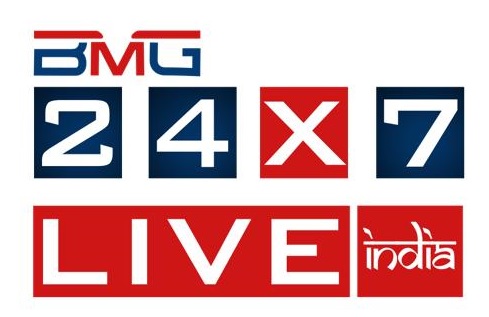There's an asteroid out there worth $100,000 quadrillion. Where is it?
There's an asteroid out there worth $100,000 quadrillion. Where is it?

While asteroids are rich sources of precious and valuable materials, scientists still haven't fully committed to mining them.On Oct. 13, 2023, NASA launched a mission to 16 Psyche, a large, metal-rich asteroid about six years away, to learn more about how planetary interiors form.
The asteroid has a jaw-dropping estimated monetary value: $100,000 quadrillion. That's because 16 Psyche is a literal goldmine, packed with rare elements essential to cars and electronics, like platinum and palladium.
To explore — and perhaps settle — space, we'll need extraterrestrial sources of materials. Companies such as AstroForge and TransAstra are already looking into building mines on asteroids like Psyche. But how close are we to mining them and reaping their cosmic treasures? Technologically speaking, we're pretty close, said Philip Metzger, a planetary physicist at the University of Central Florida. The only difference between mining on an asteroid versus on Earth is the need for equipment that can withstand low-gravity, high-radiation conditions. The equipment also needs to be able to function autonomously — it could take 20 minutes or more for a radio wave with instructions to reach an asteroid, especially if it's on the other side of the sun.All that technology has already been developed and tested in a laboratory setting, but it's not quite ready for implementation, Metzger said. On NASA's Technology Readiness Levels scale, which ranges from 1 to 9, our current equipment for space mining sits between a 3 and a 5.

















